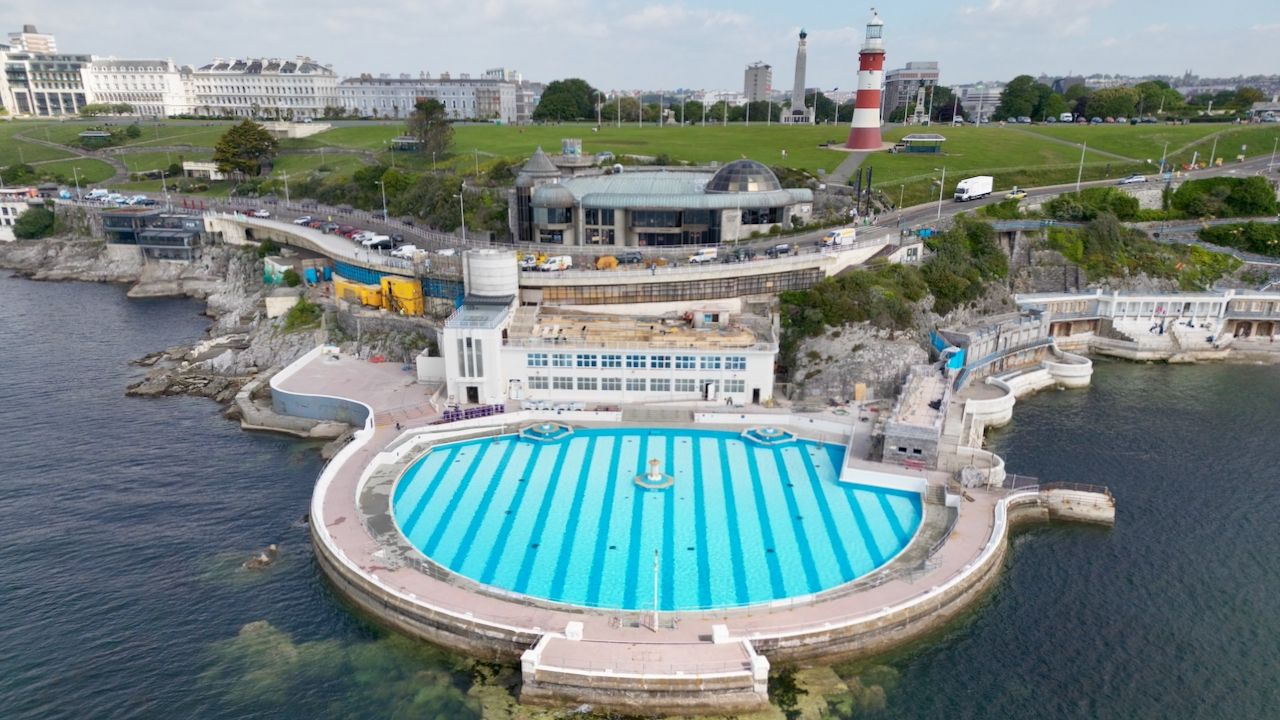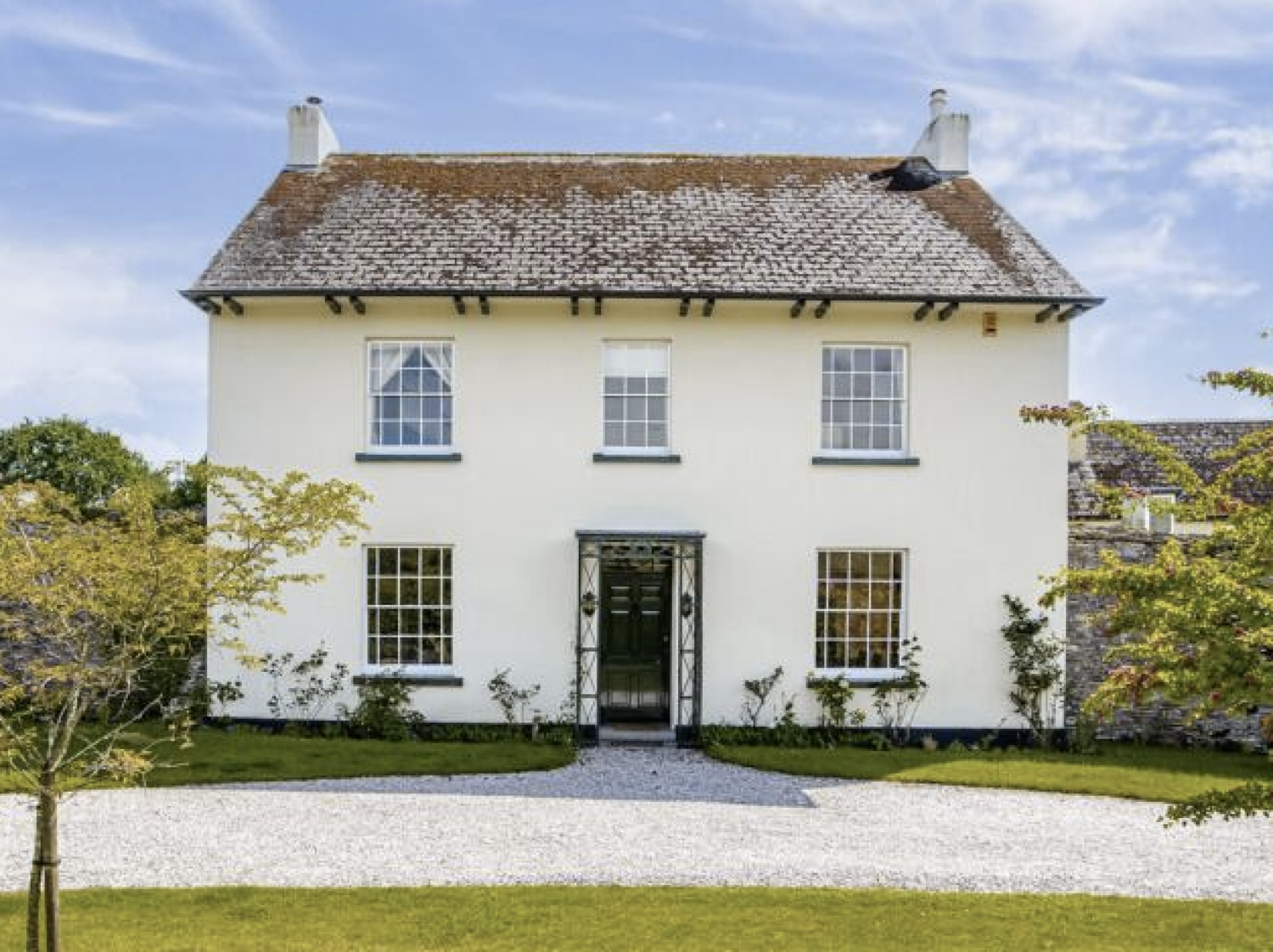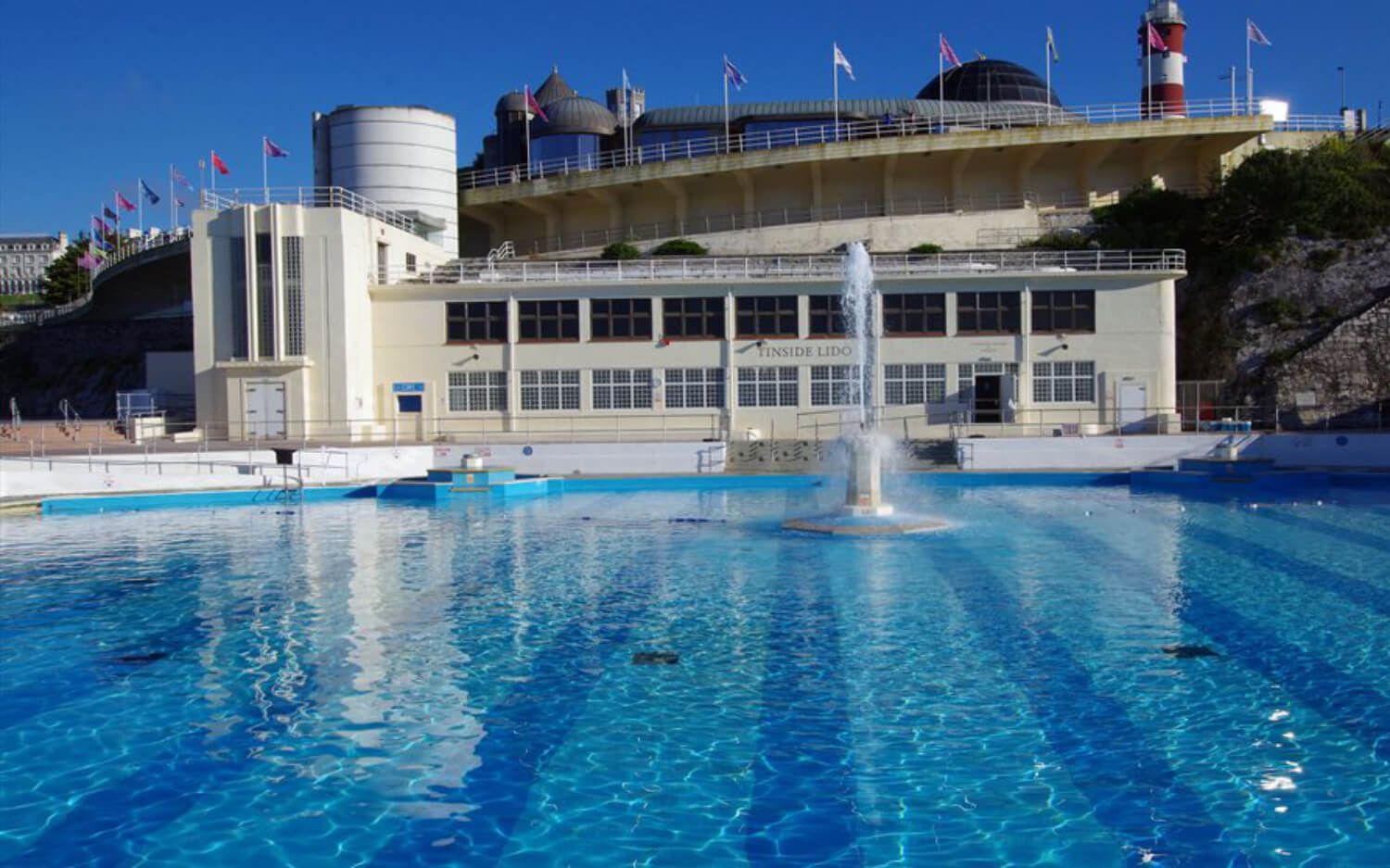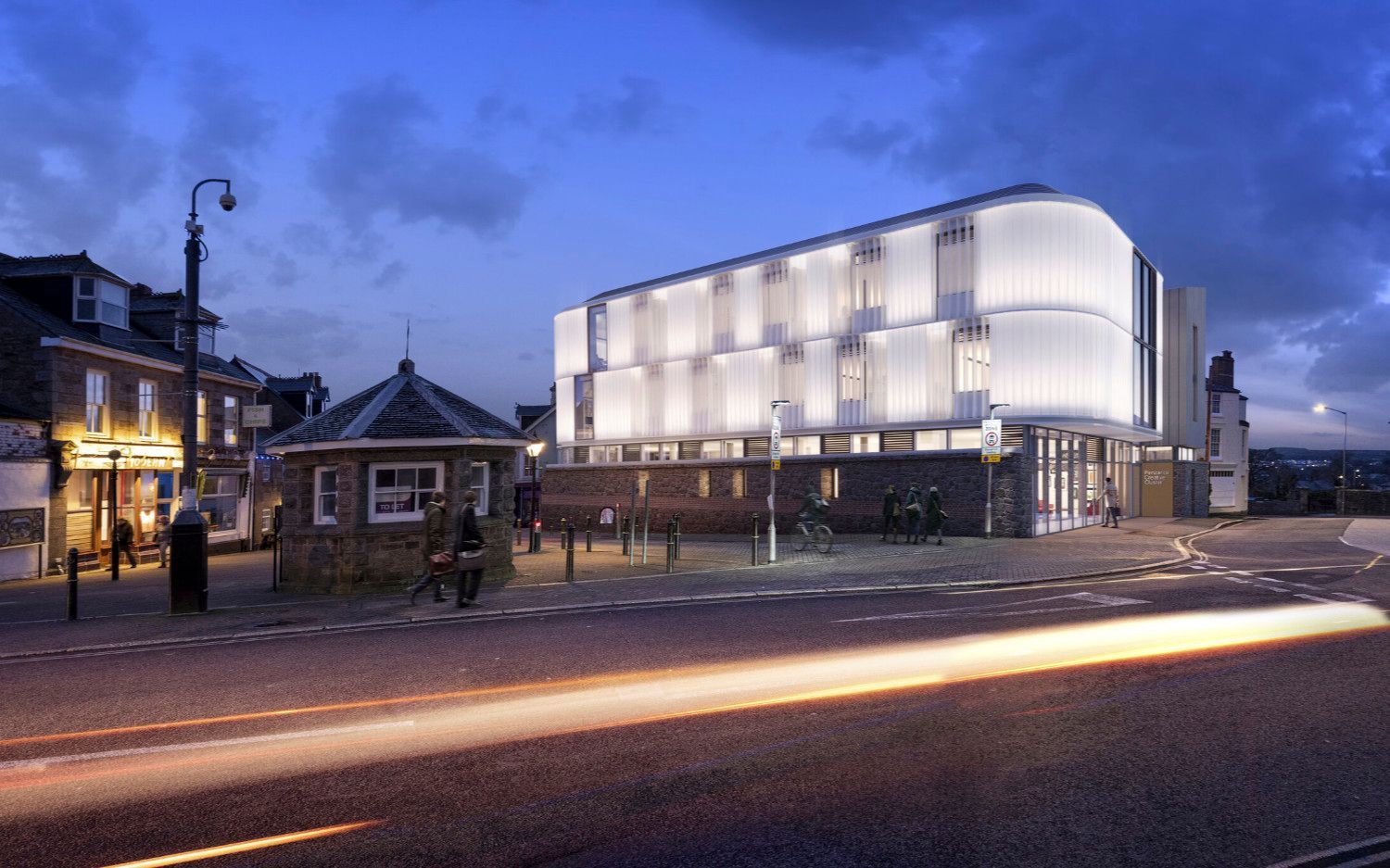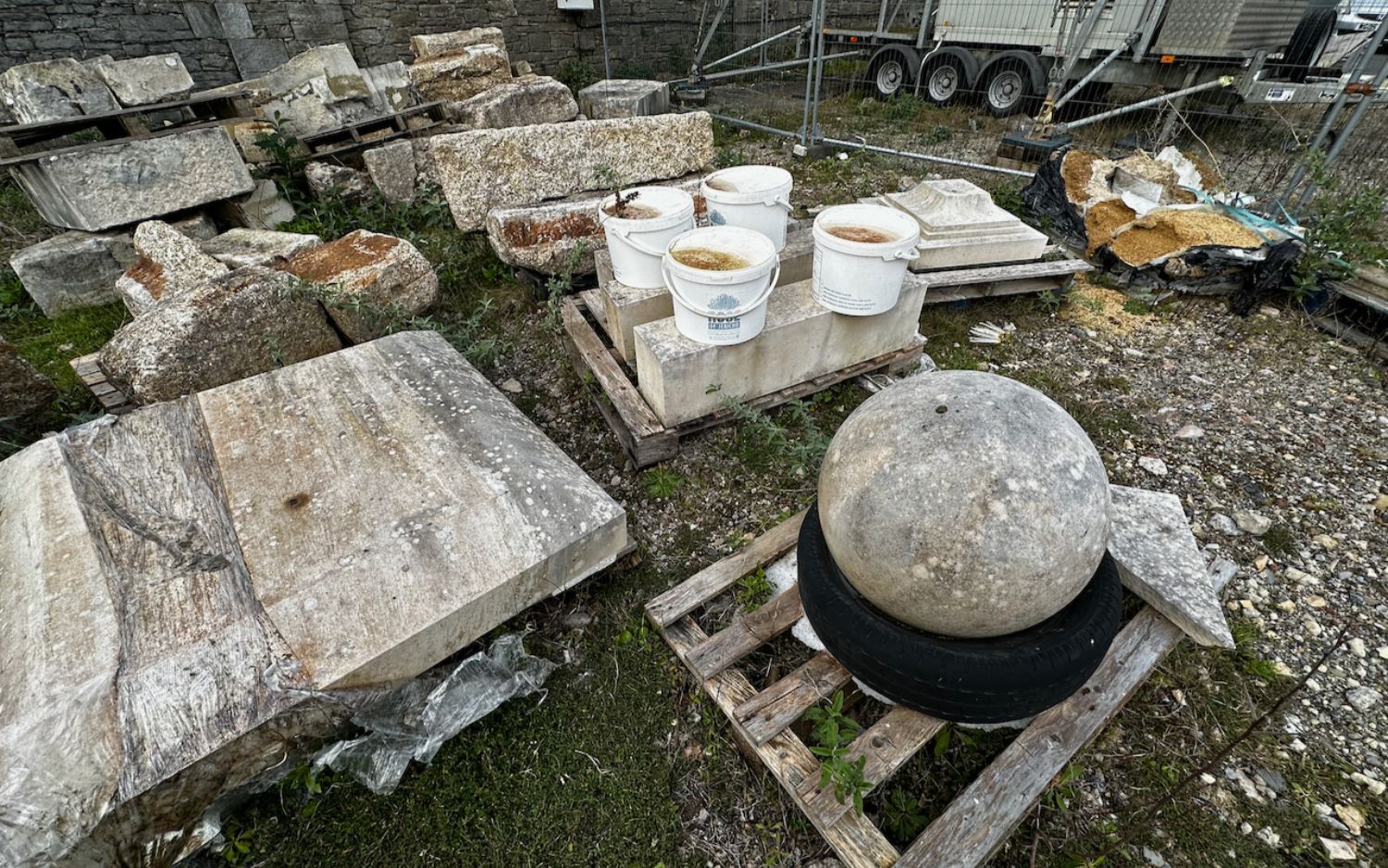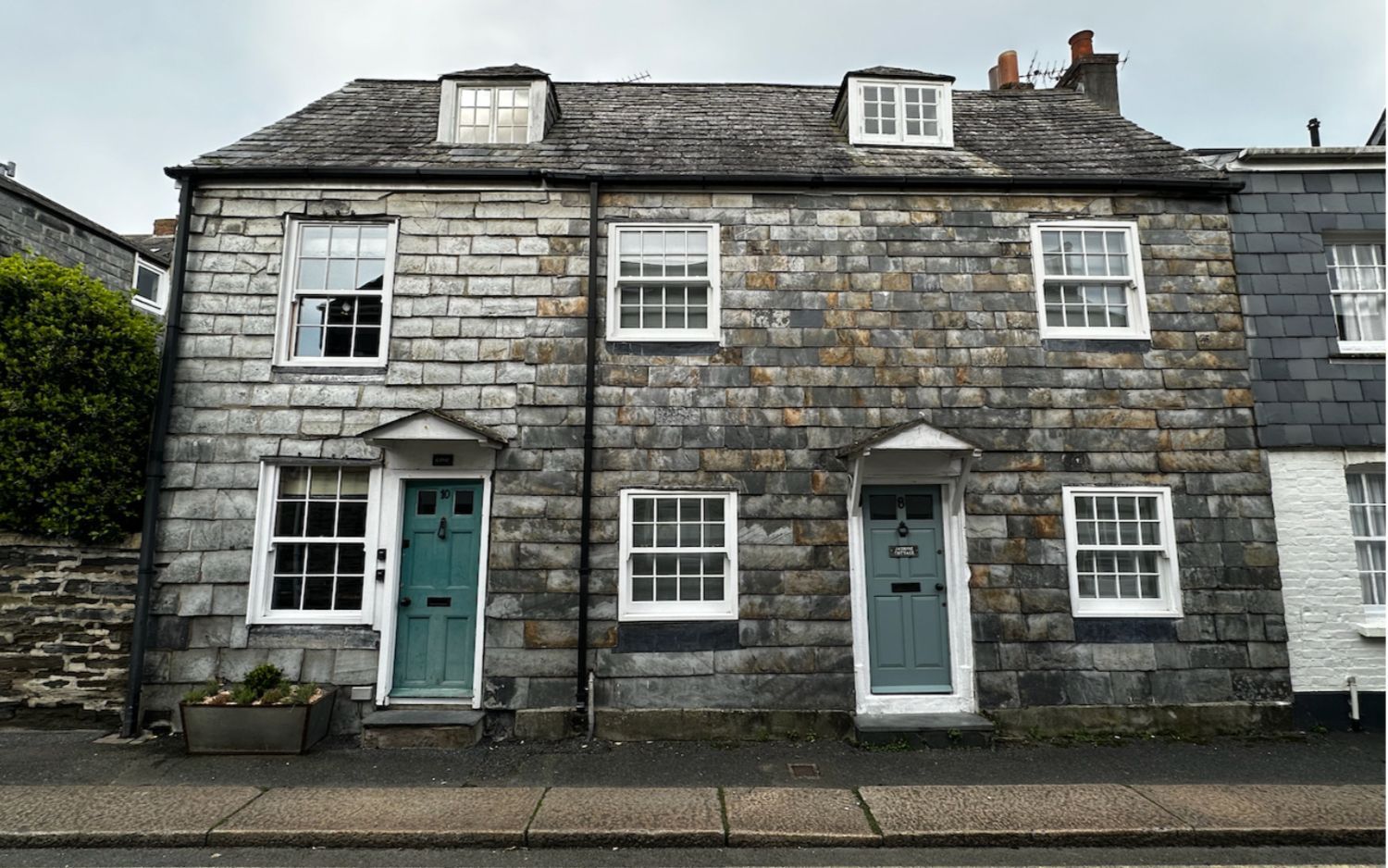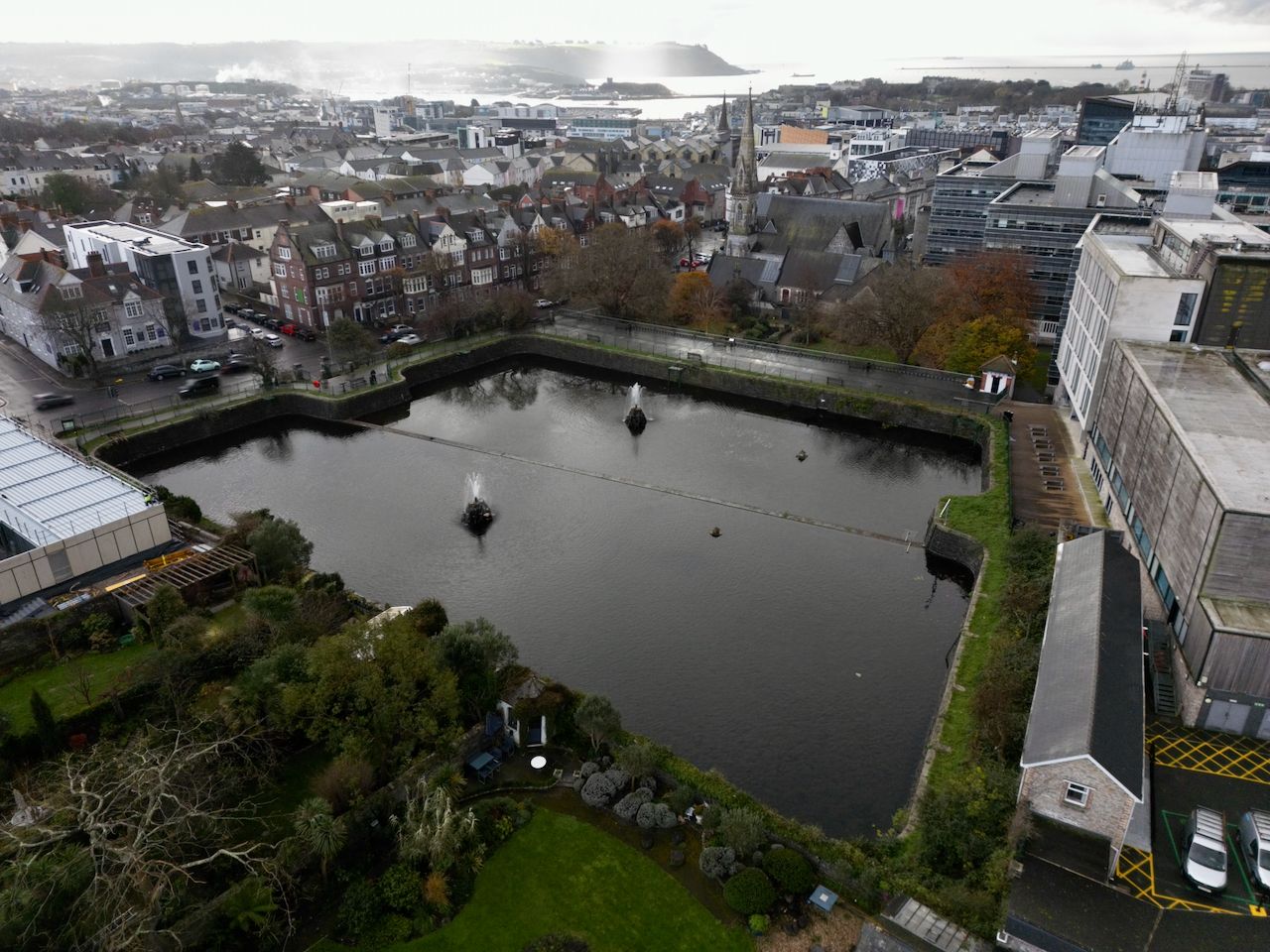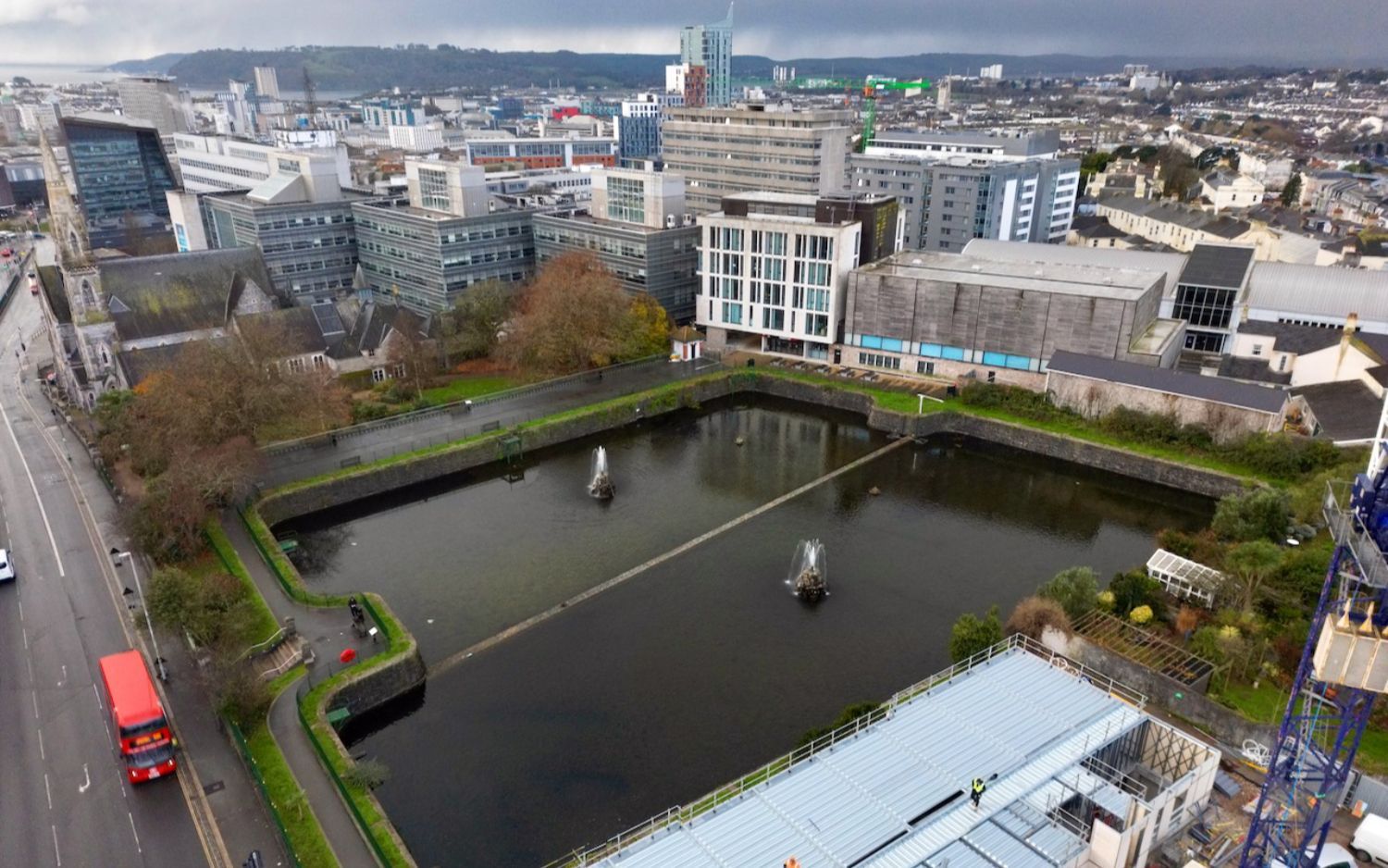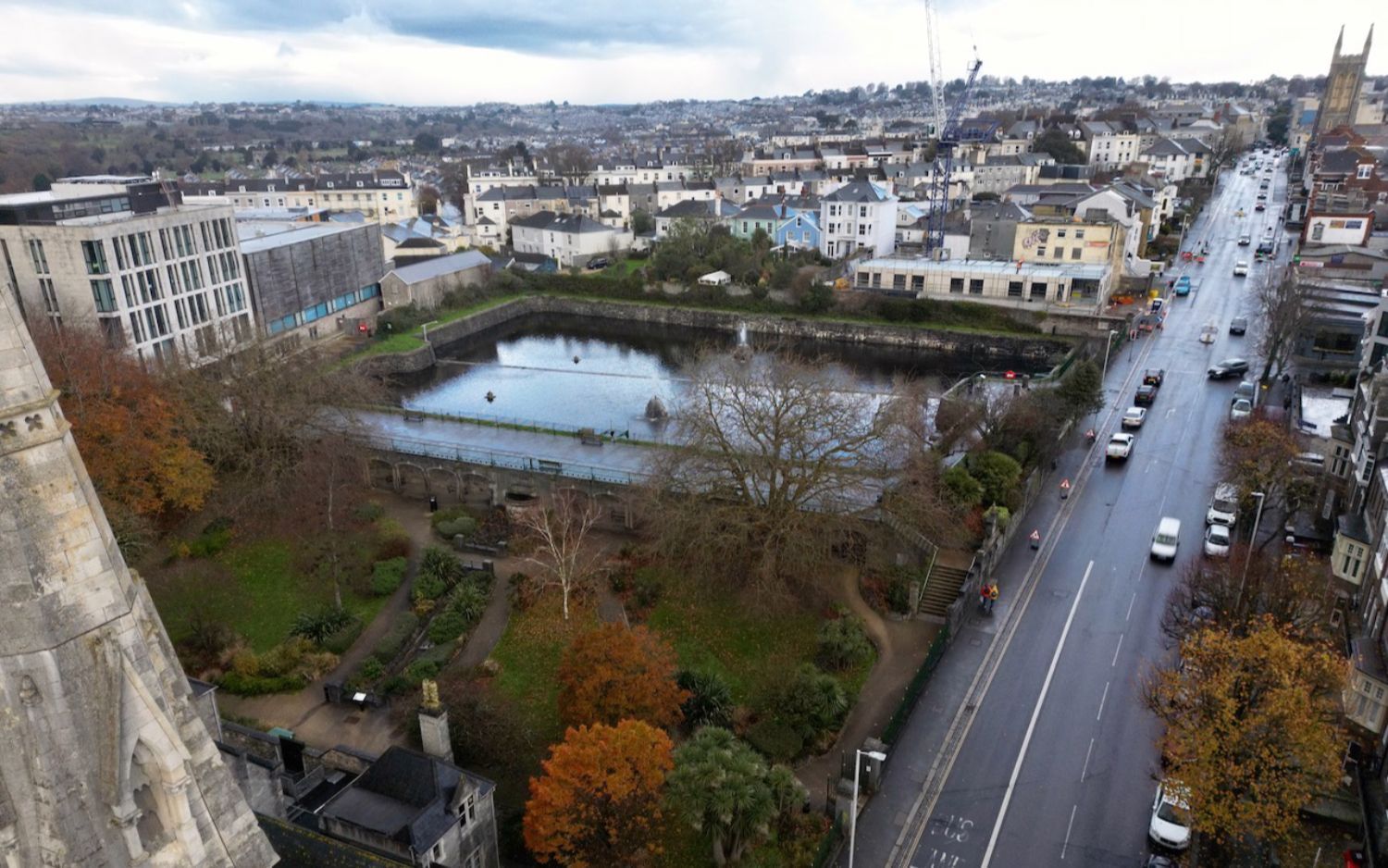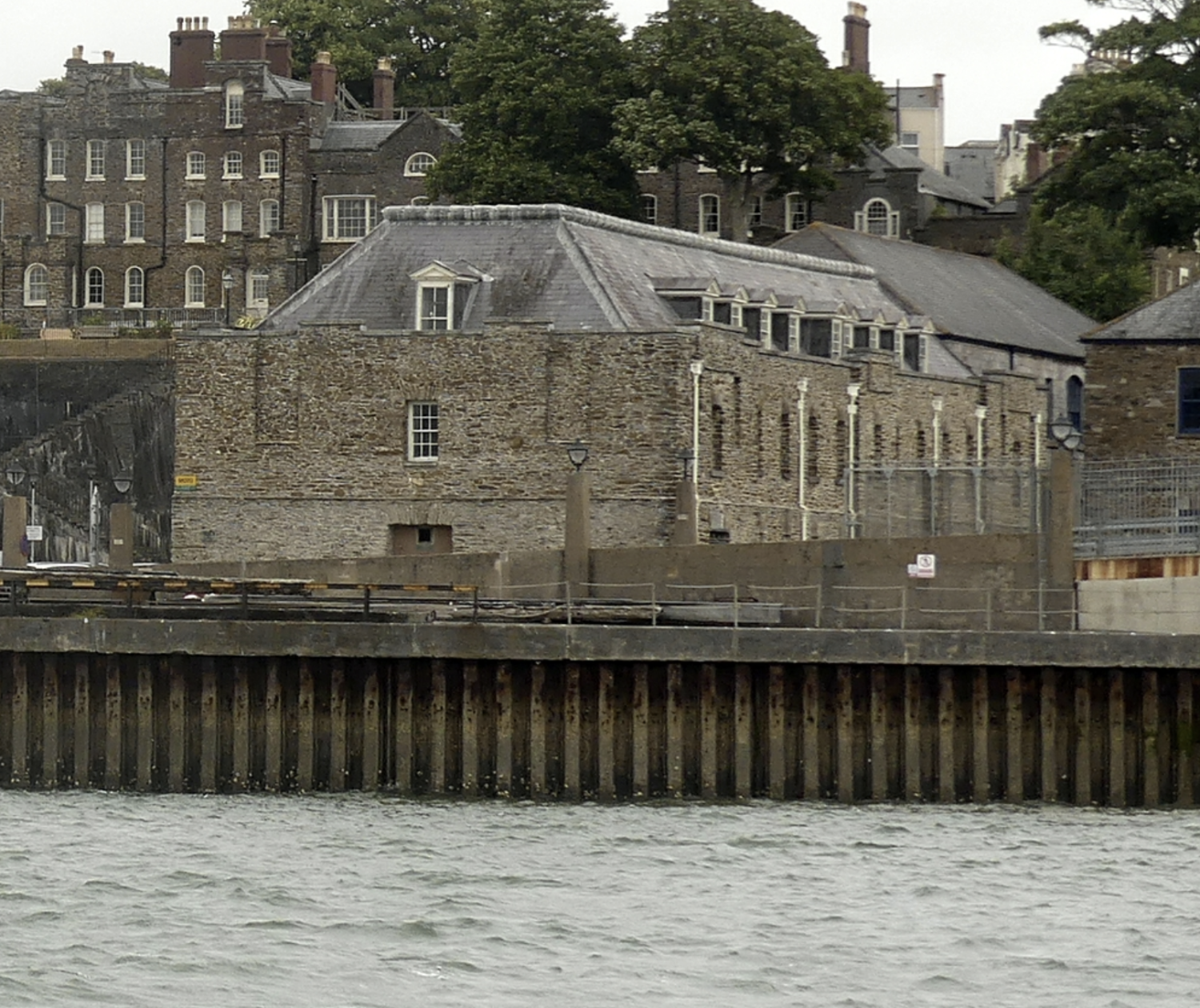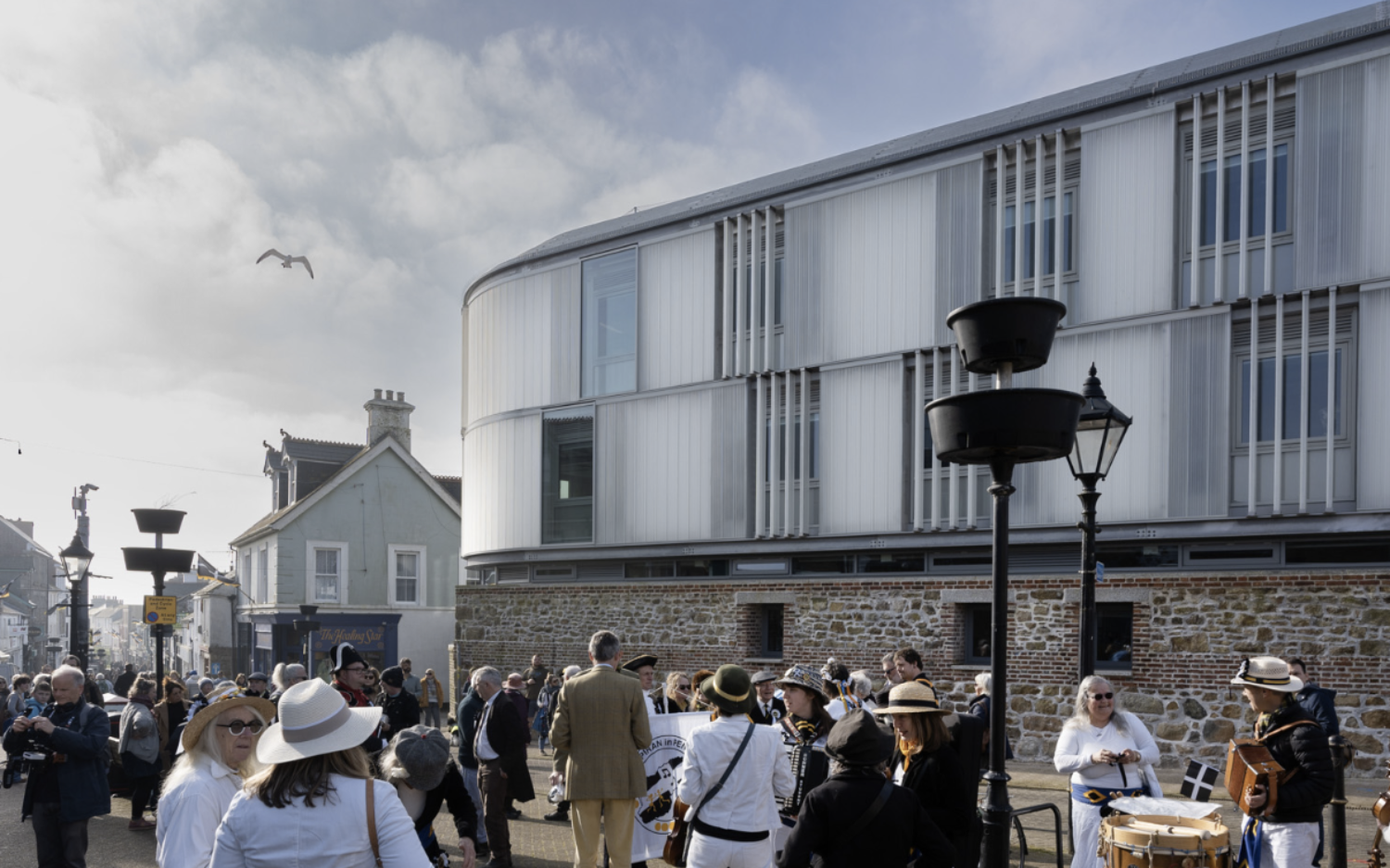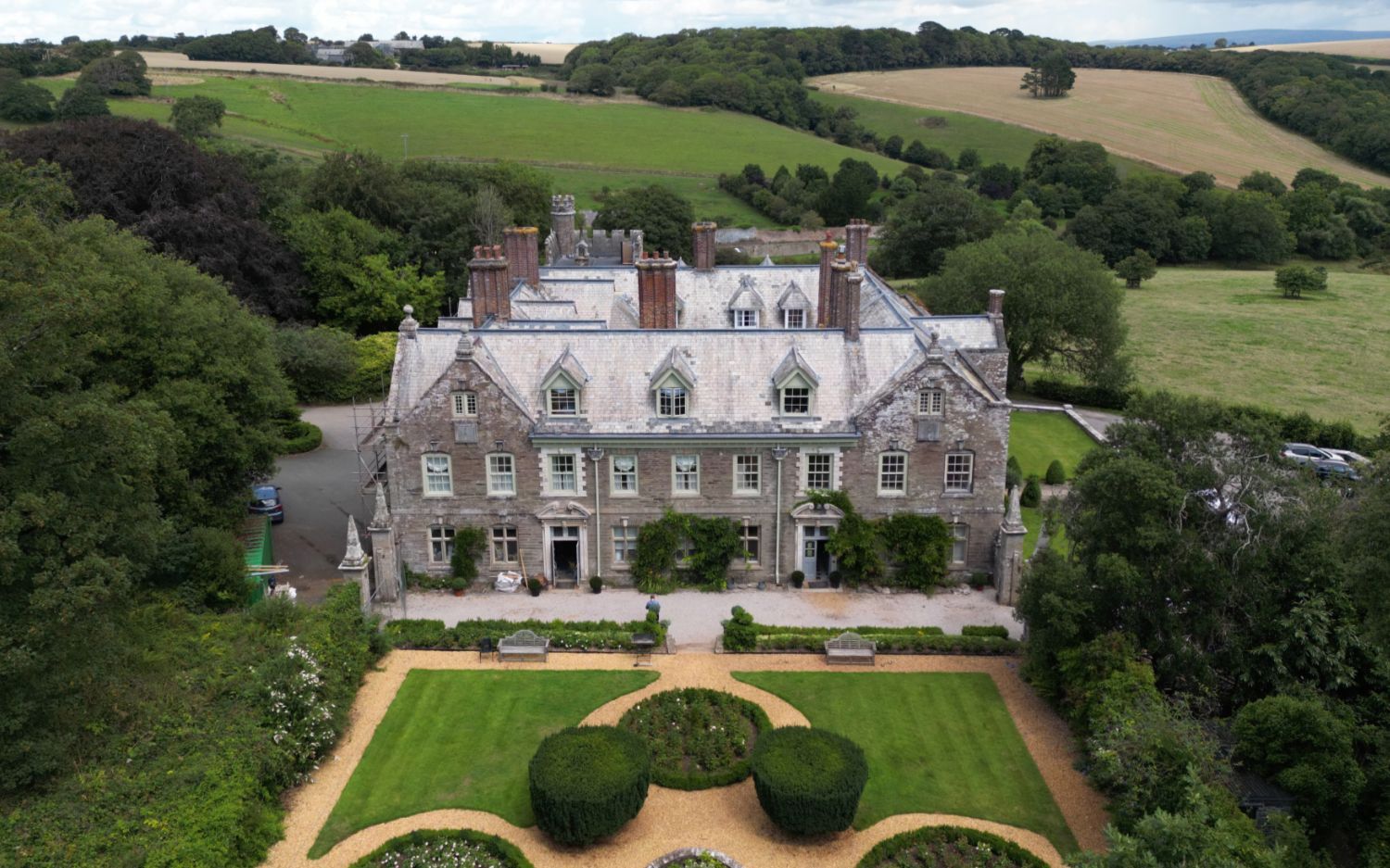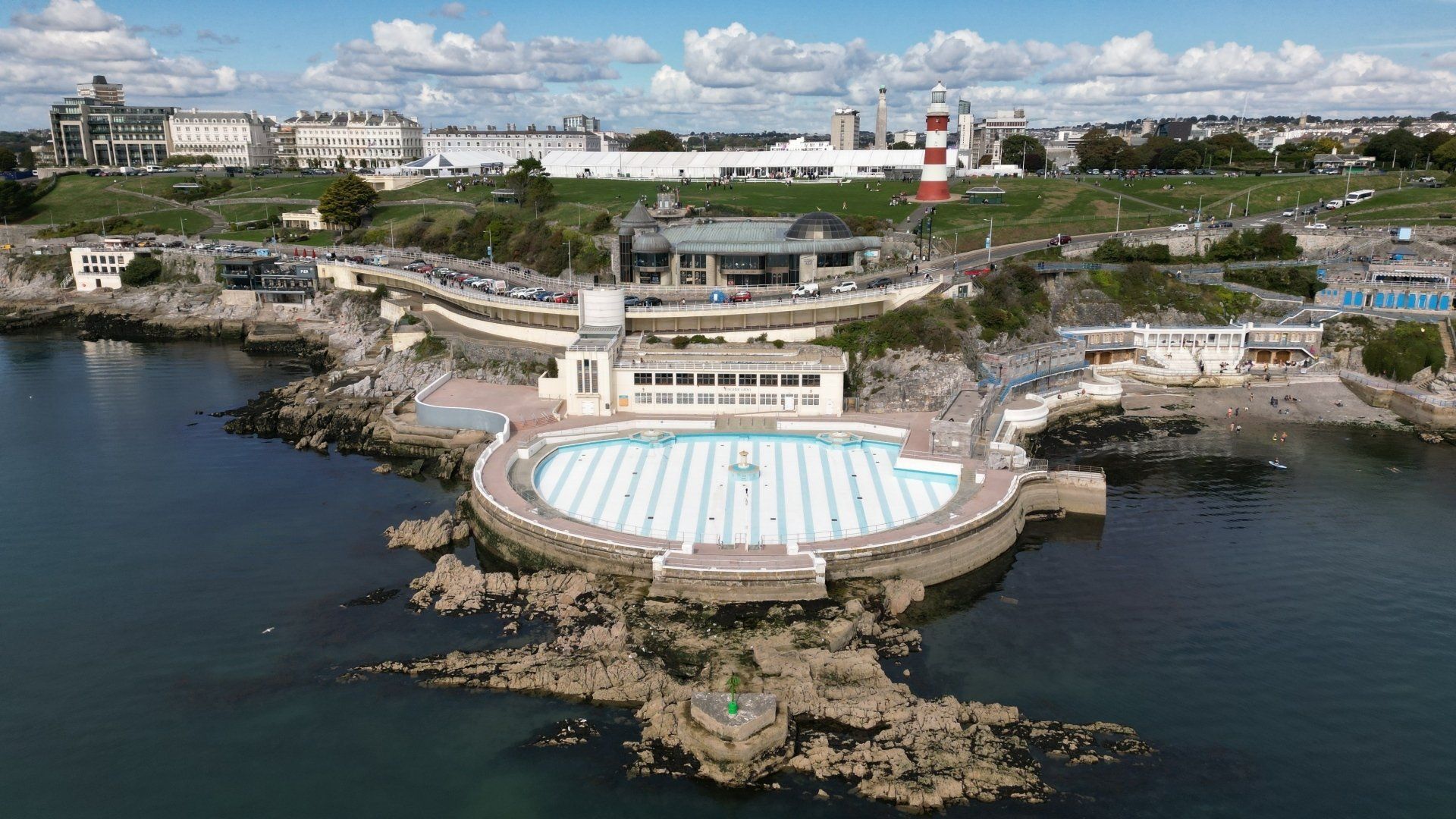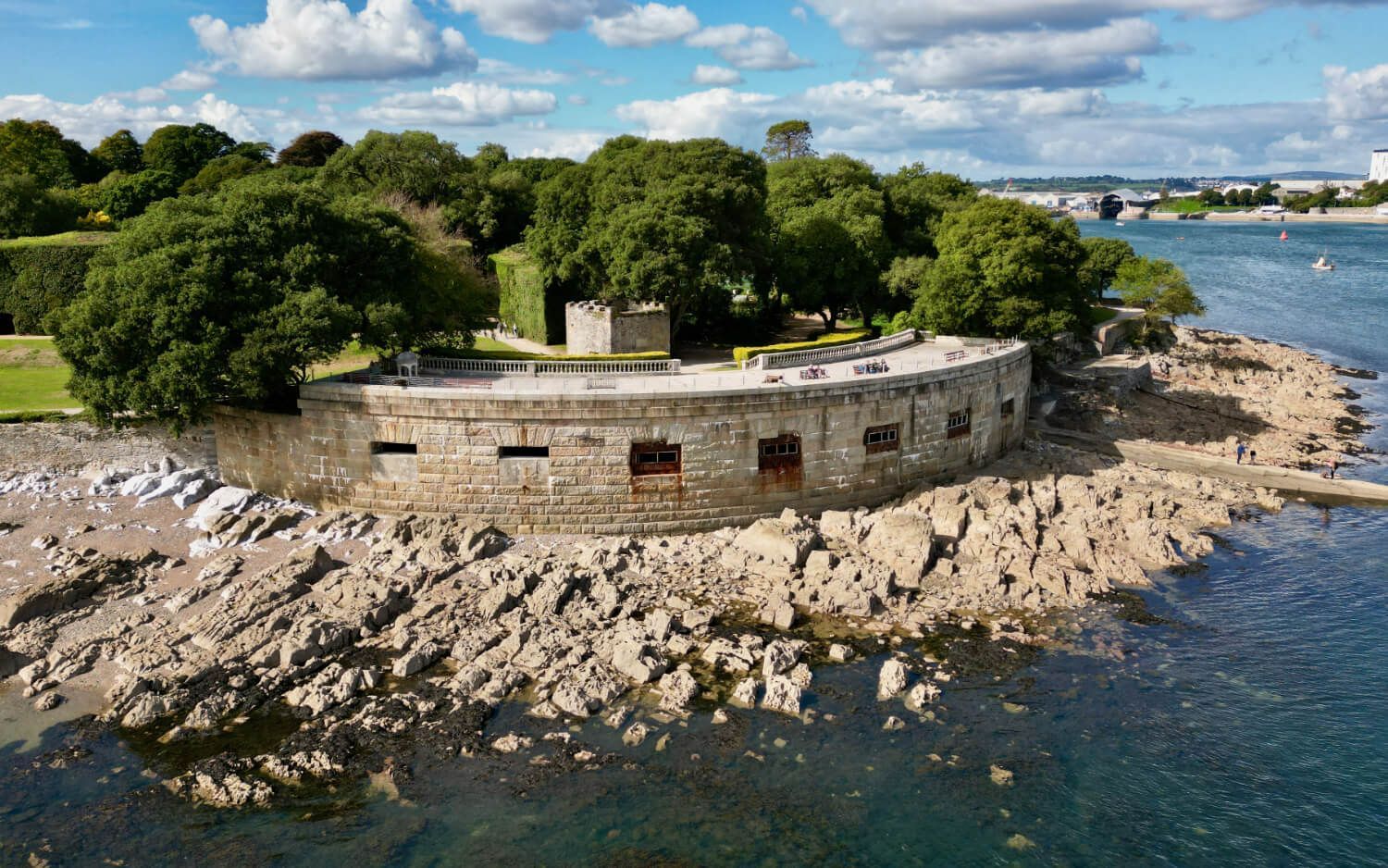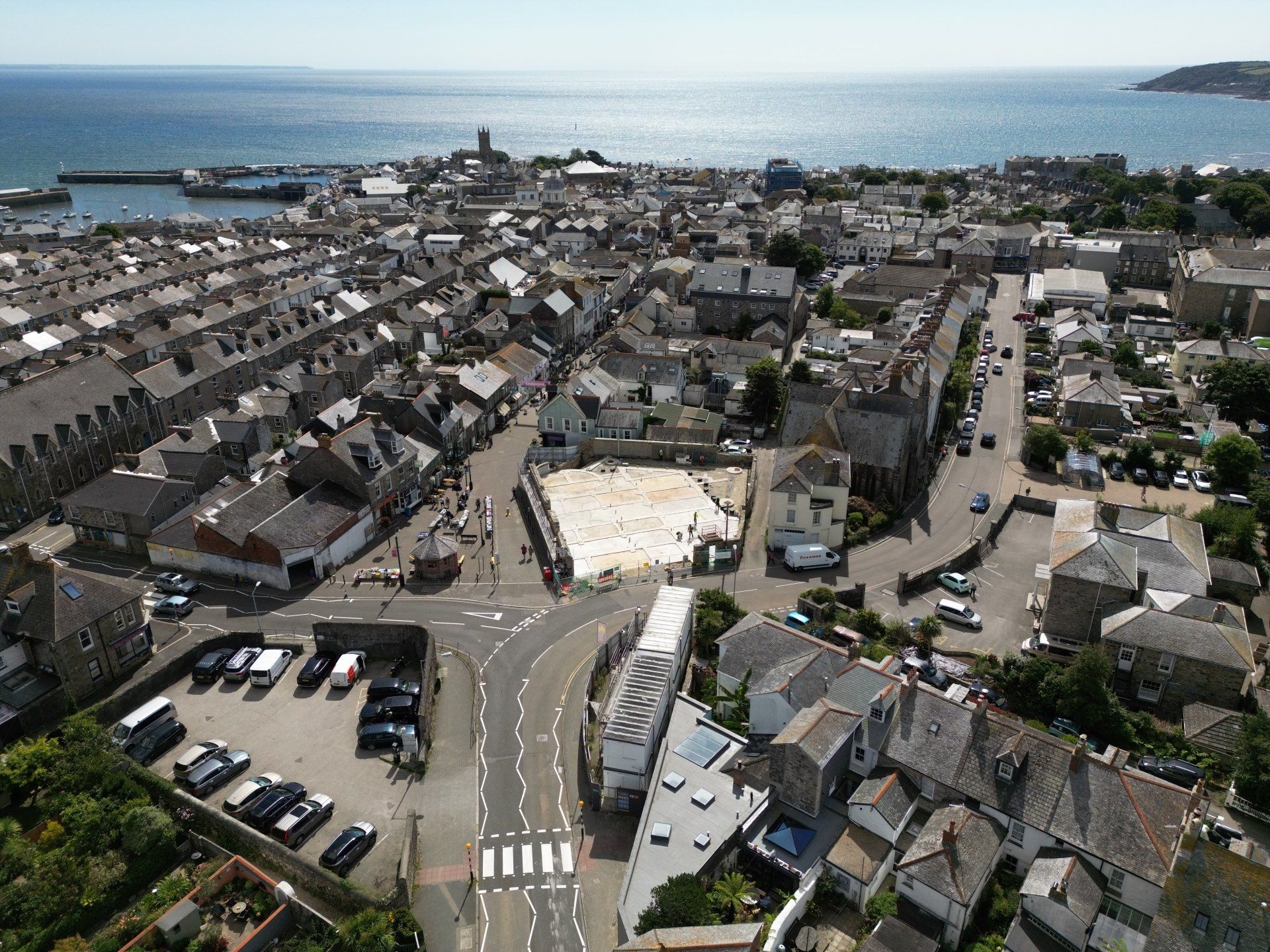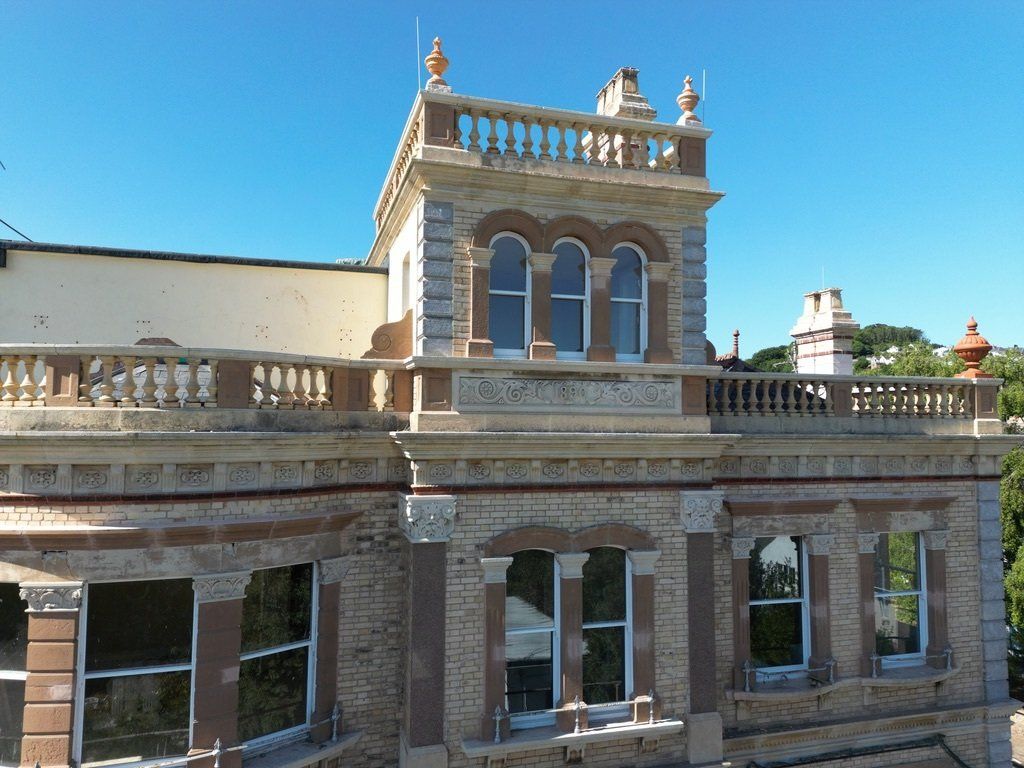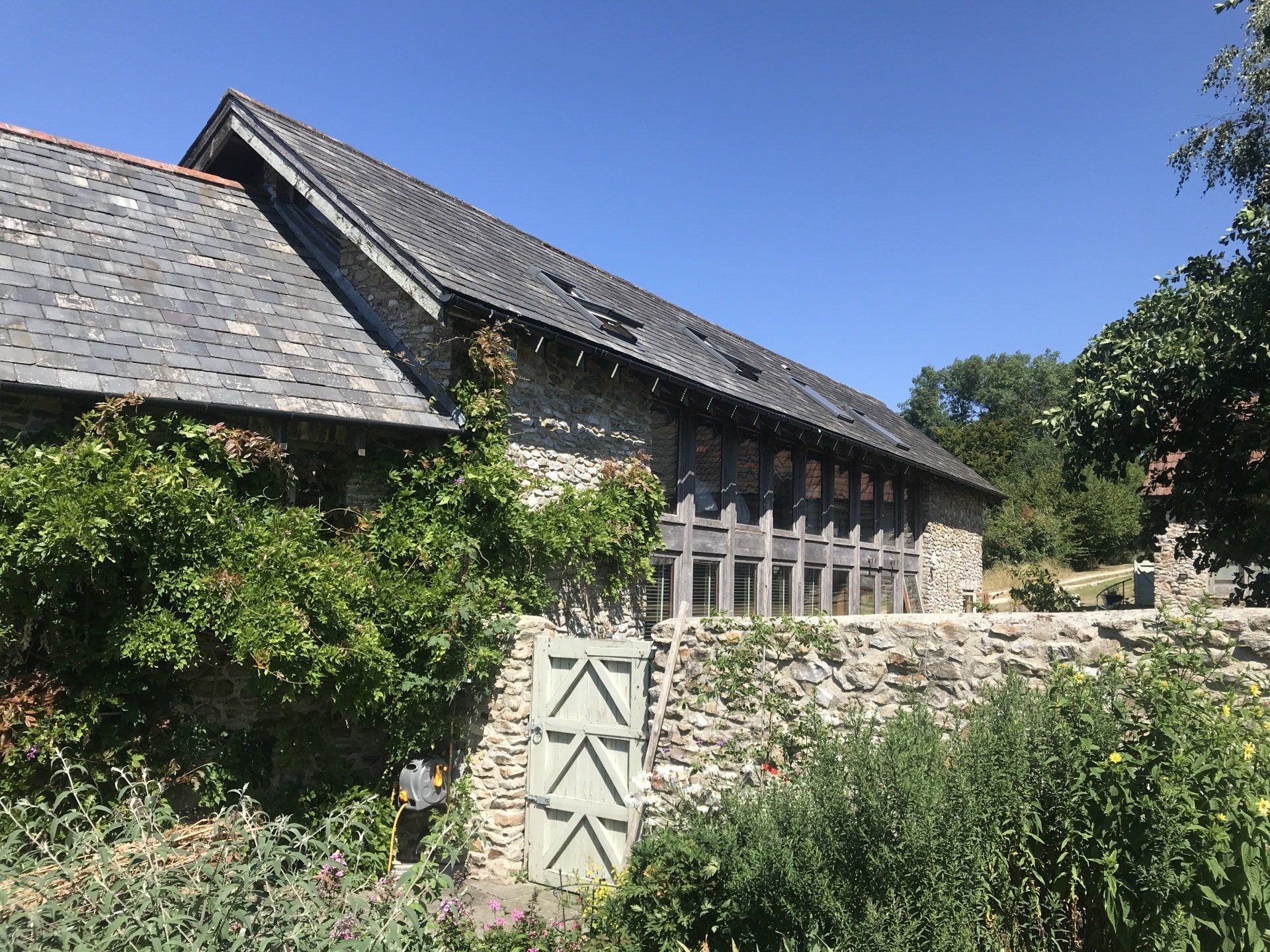Sustainable Heritage: Drake's Reservoir Heat Pump Project
Heating large buildings doesn’t have to cost the earth
In the heart of Plymouth, a groundbreaking project is setting new standards for sustainable energy in historic settings. BluePrint had the privilege of working with the University of Plymouth to secure listed building consent for an innovative water source heat pump at Drake's Reservoir.
Balancing Heritage and Sustainability
The project presented a unique challenge: how to dramatically reduce energy demand for the adjacent Nancy Astor sports centre while respecting Drake's Reservoir's historical significance. The solution? A state-of-the-art water-to-water heat pump system that harnesses the reservoir's thermal energy without compromising its integrity.
Innovative Technology, Minimal Impact
The system recovers heat energy from the reservoir water, using it as a sustainable energy source for domestic hot water in the Nancy Astor Building. Crucially, this process neither extracts water from nor adds water to the reservoir, ensuring minimal environmental impact.
Impressive Energy Savings
The results speak for themselves. Engineers are projecting CO2 savings of approximately 80% for 'like-for-like' hot water consumption. This significant reduction aligns perfectly with the University's commitment to sustainability, having already reduced its tCO2e emissions from gas and electricity by an impressive 81% since 1990.
Overcoming Challenges
One of the primary hurdles we faced was designing a system that would have minimal impact on the listed structure. The solution? An optimised design that is completely reversible, ensuring that the impact on Drake's Reservoir's historical significance remains very low.
The Technical Details
The system stores the heated water in two conventional insulated hot water cylinders, allowing for peak demand management and optimised energy collection during low-demand periods. This clever design ensures efficient use of the heat pump system throughout the day.
A Model for Future Projects
This project is a shining example of how historic structures can be adapted to meet modern sustainability goals. It's part of a broader trend across the UK, with similar water-source heat networks being implemented in new developments like the Welborne Garden Village in Hampshire.
Our Value
BluePrint bridged the gap between protecting historical significance and enabling cutting-edge sustainable technology. Our expertise allowed us to collaborate effectively with engineers (Provac Consulting) to implement a system with minimal and reversible impact on the listed structure and navigate the complex process of obtaining listed building consent
Looking Forward
Projects like this demonstrate that with careful planning and innovative thinking, we can significantly reduce the carbon footprint of our historic buildings. As the University of Plymouth continues its journey towards sustainability, having already reduced water use by 42% since 2005-06, we're proud to have played a part in this important step forward.
The Drake's Reservoir heat pump project is a testament to what can be achieved when conservation expertise meets sustainable innovation. It's about preserving our past and ensuring a sustainable future for our architectural heritage.

